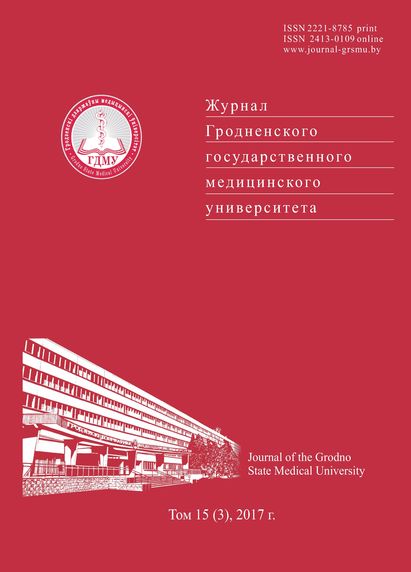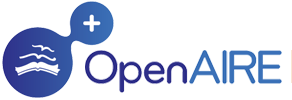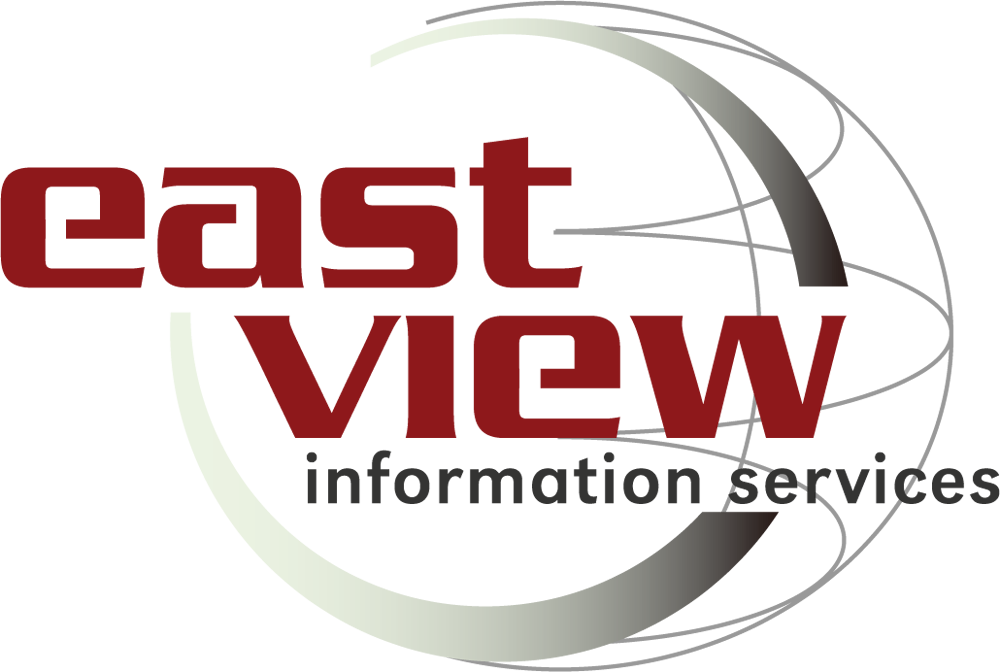ПЕРСПЕКТИВЫ ИСПОЛЬЗОВАНИЯ МЕТОДОВ ЗЕРКАЛЬНОЙ ВИЗУАЛЬНОЙ ОБРАТНОЙ СВЯЗИ В МЕДИЦИНСКОЙ РЕАБИЛИТАЦИИ ПАЦИЕНТОВ С ОРГАНИЧЕСКОЙ ПАТОЛОГИЕЙ ЦЕНТРАЛЬНОЙ НЕРВНОЙ СИСТЕМЫ

Аннотация
Цель проведенного литературного обзора – анализ и обобщение результатов исследований в отношении применения зеркальной визуальной обратной связи в медицинской реабилитации. Проанализирован 31 русскоязычный и зарубежный литературный источник с глубиной поиска 23 года. Внимание уделено результатам изучения и использования рассматриваемого метода в реабилитационном процессе при различных патологических состояниях. Указана целесообразность использования данного метода у пациентов с дисфункциями конечностей вследствие опухолевых процессов головного мозга.
Литература
Smychek VB, Galinovskaja NV, Latysheva VJa, Usova NN, Vasil’chenko NV, Shaporova OV, Marchuk VA. Analiz psihovegetativnogo statusa u pacientov s ishemicheskim povrezhdeniem golovnogo mozga. Nacional’nyj zhurnal nevrologii. 2012;(2):76-80.
Ashurov RG, Terehov VS. Sovremennaja diagnostika i lechenie vnutricherepnyh nejrojepitelial’nyh opuholej. Voennaja medicina. 2015;1(34):94-98.
Ashurov RG, Terehov VS. Jepidemiologija, jetiopatogenez i diagnostika vnutricherepnyh nejrojepitelial’nyh opuholej. Medicinskij zhurnal. 2015;1:11-17.
Smychek VB. Medicinskaja reabilitacija i jekspertiza v Respublike Belarus’ Zdravoohranenie. 2016;12:14-26.
Terehov VS. Lechenie pervichnyh opuholej golovnogo mozga dravoohranenie. 2010;5:73-77.
Terehov VS. Opuholi golovnogo mozga v respublike Belarus’: linicheskaja jepidemiologija i jepidemiologicheskoe prognozirovanie. Medicinskij zhurnal. 2011;2:106-111.
Terehov VS. Jepidemiologija operirovannyh opuholej golovnogo mozga v Respublike Belarus’. Voennaja medicina. 2010;3(16):64-71.
McCabe CS, Haigh RC, Ring EF, Halligan PW, Wall PD, Blake DR. A controlled pilot study of the utility of mirror visual feedback in the treatment of complex regional pain syndrome (type 1). Rheumatol (Oxford). 2003;42(1):97-101.
Flor H. Sortical reorganization and chronic pain: implications for rehabilitation. Journal of Rehabilitative Medicine Suppl. 2003;41(suppl.):66-72.
Iacoboni M. Imitation, Empathy, and Mirror Neurons. The Annual review of Psychology. 2009;60:653-670.
Maclachlan M, MacDonald D, Waloch J. Mirror treatment of lower limb phantom pain: a case study. Disability and Rehabilitation. 2004;26(14-15):901-904.
Tichelaar YIGV, Geertzen JH, Keizer D, Van Wilgen CP. Mirror box therapy added to cognitive behavioral therapy in three chronic complex regional pain syndrome type I patients: a pilot study. Int J Rehab Res. 2007;30(2):181-188
Thieme H, Mehrholz J, Pohl M, Behrens J, Dohle C. Mirror therapy for improving motor function after stroke (Protocol). Cochrane Database Syst. Rev. 2012;(3):1-10.
Chan BL, Witt R, Charrow AP, Magee A, Howard R, Pasquina PF, Heilman KM, Tsao JW. Mirror therapy for phantom limb pain. N. Engl. J. Med. 2007;357(21)2206-2207.
Oakley DA, Whitman LG, Halligan PW. Hypnotic imagery as a treatment for phantom limb pain: two case reports and a review. Clin Rehabil. 2002;16(4):368-77.
MacIver K, Lloyd DM, Kelly S, Roberts N, Nurmikko T. Phantom limb pain, cortical reorganization and the therapeutic effect of mental imagery. Brain. 2008;131(8):2181-2191.
Rizzolatti G, Fadiga L, Gallese V, Fogassi L. Premotor cortex and the recognition of motor actions. Brain Res Cogn Brain Res. 1996;3(2):131-141.
Ramachandran VS. Behavioral and Magnetoencephalographic correlates of plasticity in the adult human brain. Proc. Natl. Acad. Sci. USA. 1993;90(22):10413-10420
Ramachandran VS, Blakeslee S. Phantoms in the brain: Probing the mysteries of the human mind. New York: Harper Collins; 1998. 328 p.
Ramachandran VS, Brang D. Sensations evoked in patients with amputation from watching an individual whose corresponding intact limb is being touched. Arch Neurol.2009;66(10):1281-1284.
Ramachandran VS, Rogers-Ramachandran D. Synaesthesia in phantom limbs induced with mirrors. Proceedings of the Royal Society B. 1996;263(1369):377-386.
Ramachandran VS. The Emerging Mind. London: Profile Books; 2003. – 208 p.
Ramachandran VS, Altschuler EL. The use of visual feedback, in particular mirror visual feedback, in restoring brain function. Brain. 2009;132(7):1693-1710.
Ramachandran VS, Rogers-Ramachandran D, Cobb S. Touching the phantom limb. Nature. 1995;377(6549):489-490.
Altschuler EL, Wisdom SB, Stone L, Foster C, Galasko D, Llewellyn DM, Ramachandran VS. Rehabilitation of hemiparesis after stroke with a mirror. Lancet. 1999;353(9169):2035-2036.
Knecht S, Henningsen H, Elbert T, Flor H, Höhling C,Pantev C, Taub E. Reorganizational and perceptional changes after amputation. Brain. 1996;119(4):1213-1219.
Rizzolatti G, Craighero L. The mirror-neuron system. Annual Review of Neuroscience. 2004;27:169-192.
Sathian K. Greenspan AI, Wolf SL. Doing it with mirrors: a case study of a novel approach to neurorehabilitation. Neurorehabilitation and Neural Repair. 2000;14(1):73-76.






























